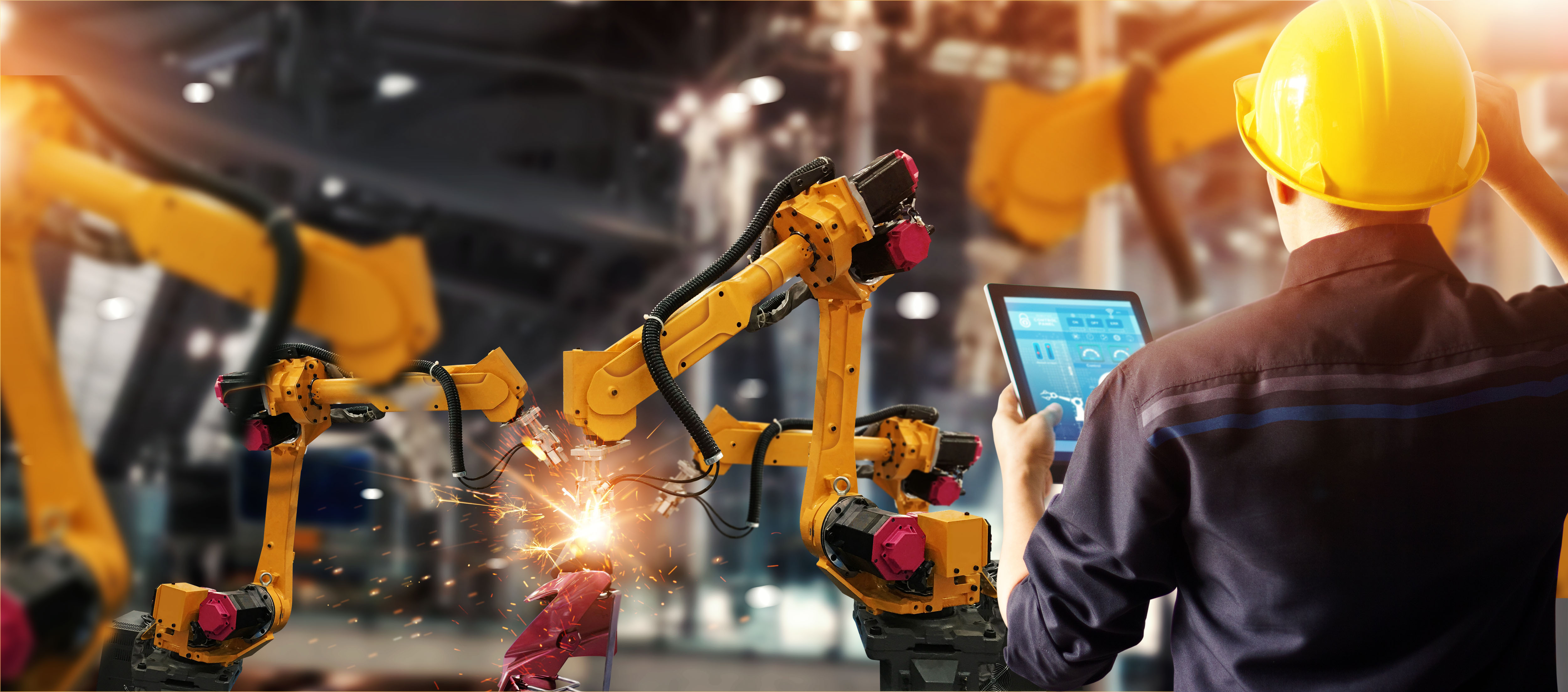Industrial Welding Robots Improve Your Profitability and Productivity
Aug 31, 2023
According to Intrado GlobeNewswire, the global robotic welding market size was valued at $5.5 million in 2018, and is projected to reach $10.5 million by 2026, growing at a CAGR of 8.7% from 2019 to 2026. These numbers are no accident, as the market implements Industry 4.0, manufacturers will continue to seek ways to improve operations through automation. With no shortage of robotic welding equipment, the heavy investment by various industries in robotics technology has encouraged the further development of automated welding.

According to Intrado GlobeNewswire, the global robotic welding market size was valued at $5.5 million in 2018 and is projected to reach $10.5 million by 2026, growing at a CAGR of 8.7% from 2019 to 2026. These numbers are no accident, as the market implements Industry 4.0, manufacturers will continue to seek ways to improve operations through automation. With no shortage of robotic welding equipment, the heavy investment by various industries in robotics technology has encouraged the further development of automated welding.
Automation is a long-term investment, with cost savings not seen in one lump sum, rather incrementally over the lifetime of the robot. Improving profitability starts with being able to calculate the return on investment (ROI) of the automated system. Robots.com has an ROI calculator for businesses to work out their payback period, the period it will take for the investment to break even. These calculations establish the expectations of the profitability of a system with most companies planning to reach a return on investment over a 2 – 3 year period.
Once a return on investment is achieved the system is now directly improving the profitability of a business through its efficiency, reliability, and quality control. Industrial welding robots are faster when compared to manual processes. Typically the industry calculates that a robotic welder is equivalent to 3.5 manual welders in terms of productivity. This equates to an 85% increase in productivity for a business when using an automated system.
This increase is further compounded when considering the effect the automated system has on the overall quality of the weld too. While being faster than manual counterparts, robotic systems can also guarantee the quality of the weld every time, never making errors and always resulting in a smooth, clean result. In a manual workshop, an operator may make many errors, often opting to hide the mistake by going over it again with the torch. While this alone is incredibly inefficient in terms of time, it’s also wasteful of resources and can hide a possibly flawed weld. Because an automated weld system will produce the correct result on the first try, robotic systems will save manufacturers money in resources and in quality control errors – directly affecting the profitability of the bottom line.
Another important aspect affecting the profitability and productivity of welding is the time spent on welding itself. Studies have shown that for manual welders, only 30 to 40 percent of the time is spent welding. Other tasks involved in the welding process such as handling, cleaning, heating, and cooling take up almost 60 to 70 percent of the operator’s time. Robotic welding systems, on the other hand, require minimal downtime for things like cleaning and heating or cooling. This allows the welding robot to spend most of its time in the production phase.
The adoption of welding robots ensures increased productivity on welding lines. Automated systems also reduce intensive labor injuries, improve order fulfillment speed & accuracy, and increased uptime with reduced costs. This technology also enhances the efficient use of working space and improves the supply chain performance in end-user industries, overall improving the profitability and productivity of the businesses smart enough to implement the technology.
Related Articles
You might be also interested in:

- Featured
Latest Advancements in Material Cutting Robotics
Read about the latest technological advancements in robotic material cutting.

- Featured
Emerging 3D Vision Technologies for Industrial Robots
Learn about the emerging 3D vision technology that businesses are using for industrial robot applications.

- Featured
Most Popular Industrial Robotic Applications for 2021 and Projections
Explore the most popular application trends of 2021 and what to expect in the future.
Let's talk!
Request your quick quote today.
